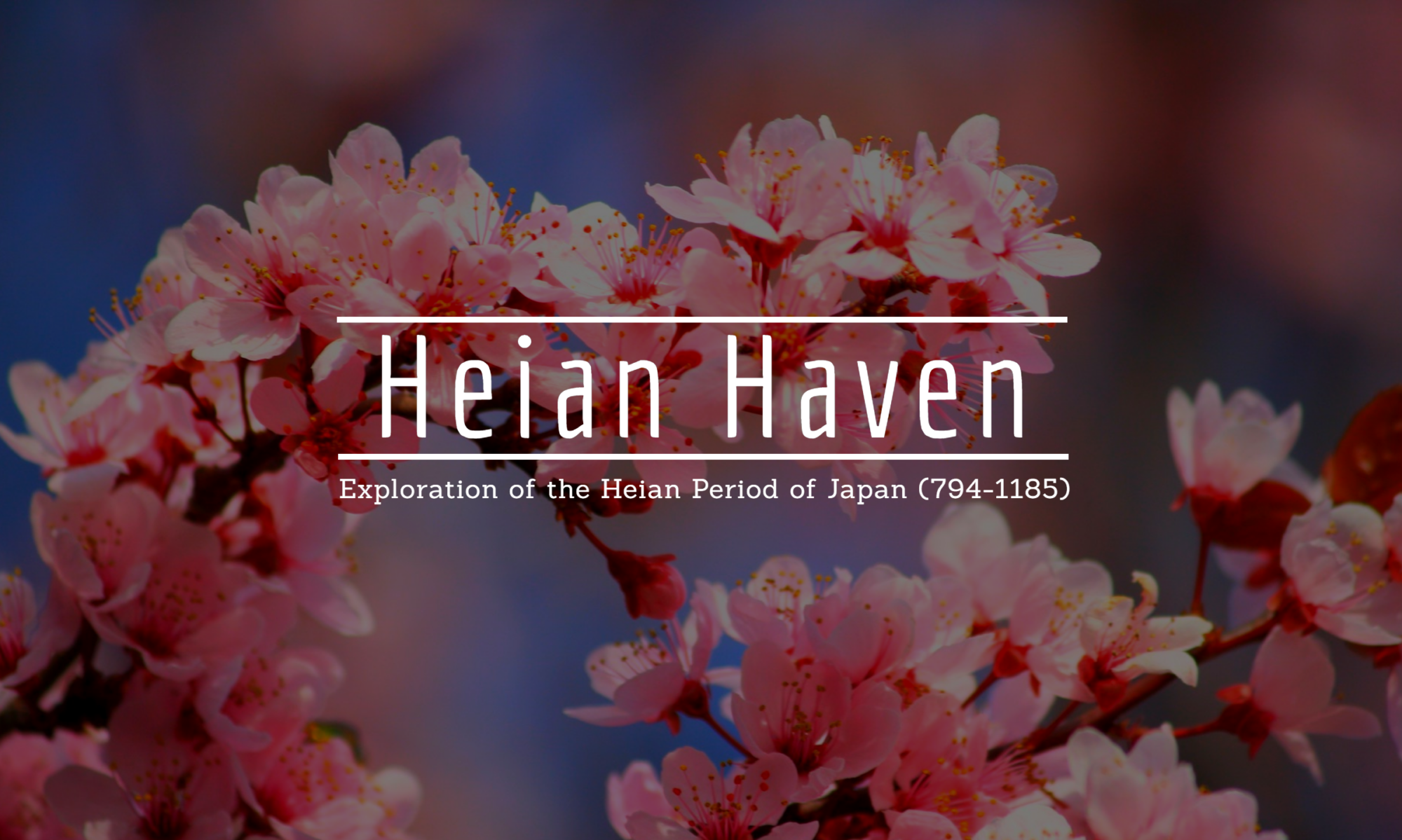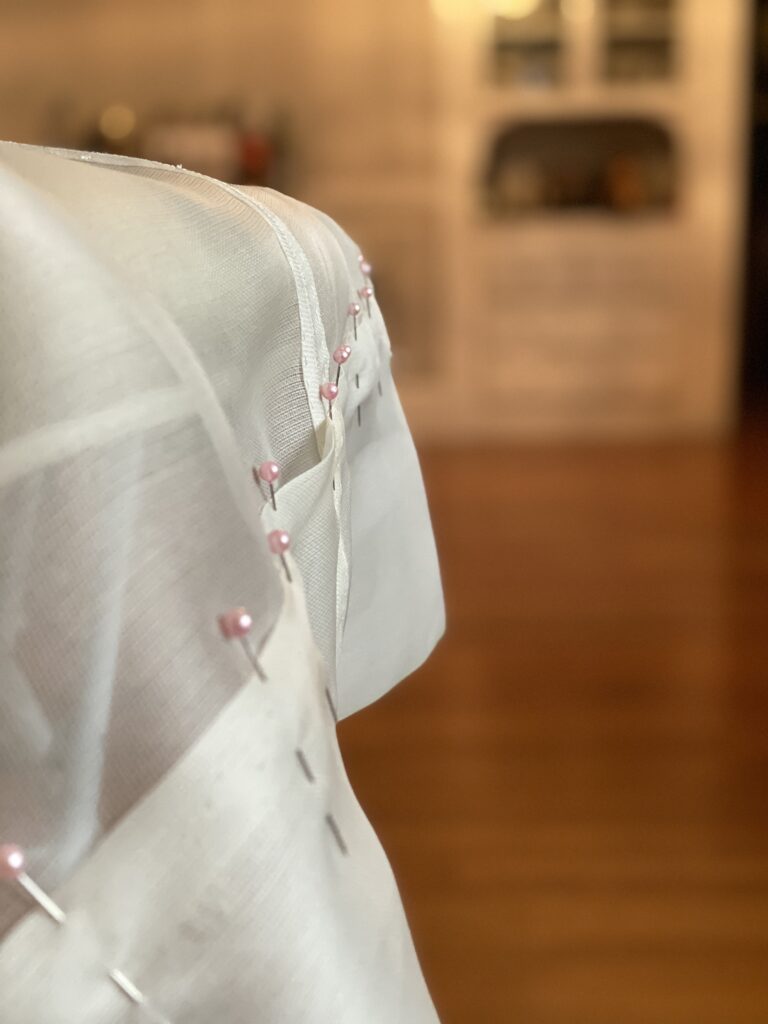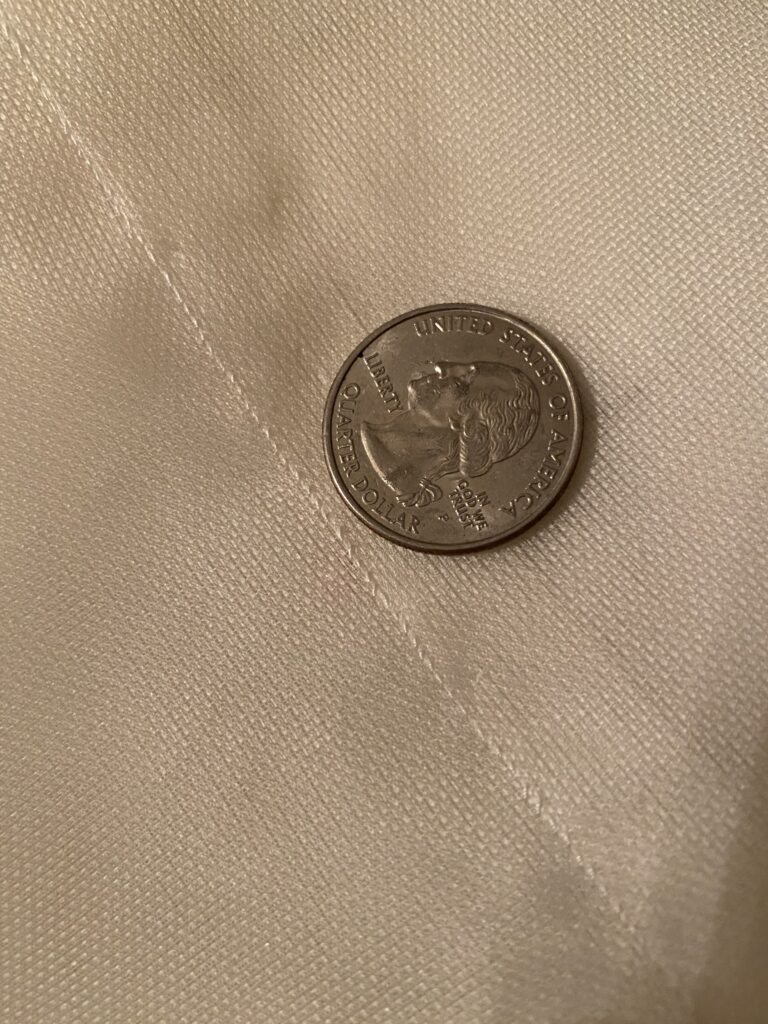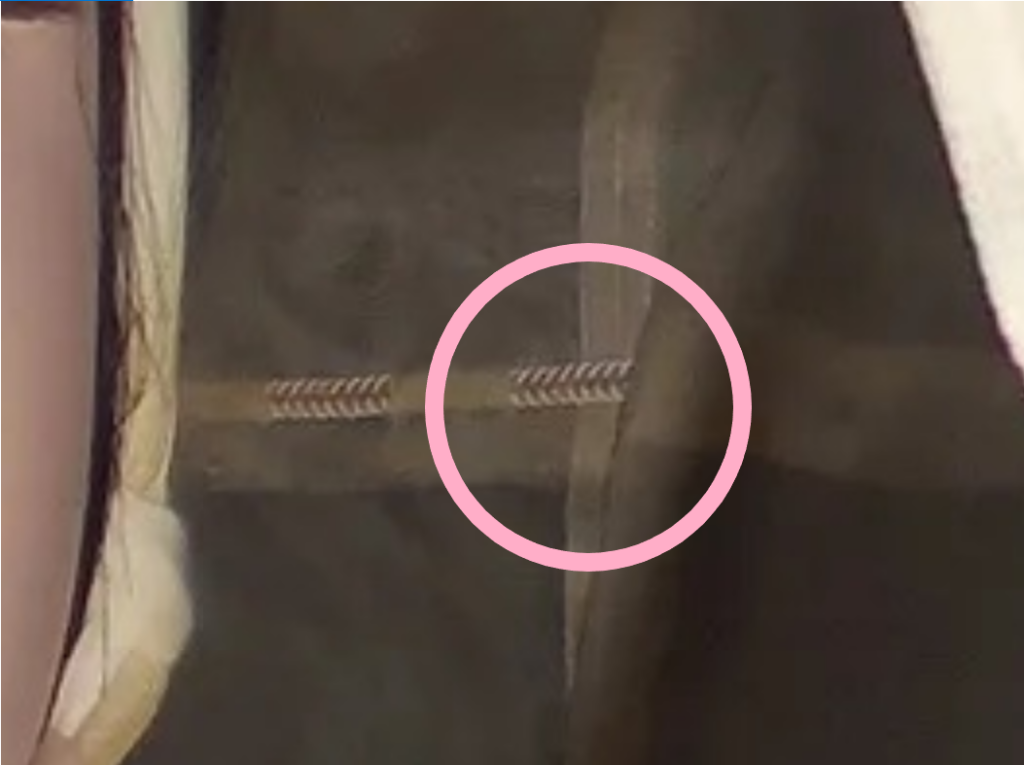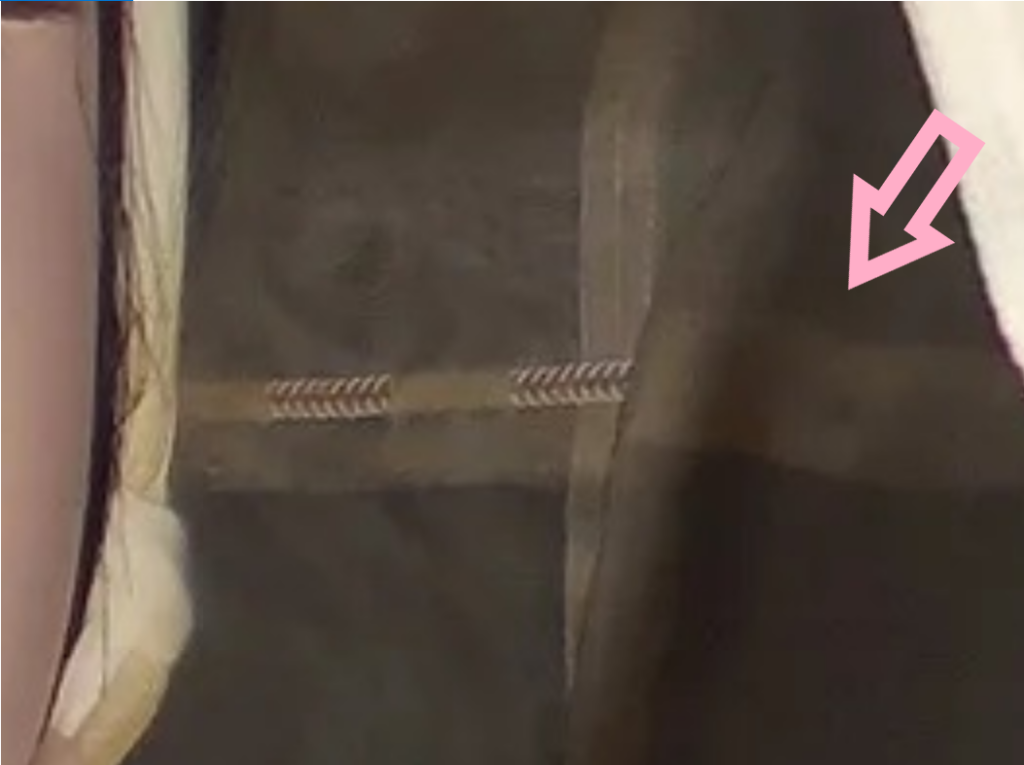No, not a person. Nikki means diary or journal and refers to a particular style of Japanese literature.
One of the reasons we know as much as we do about the minutiae of Heian court life is journaling. A number of aristocrats kept records that survive.
Please note, this is just a very small amount of surviving texts from an incredibly small segment of the population. As is so frequently the case, the lives of those who did not benefit from a lucky birth into a noble family with rank are more or less lost to us. There are few records to indicate what life was truly like for the “common” person. It is a subject I will endeavor to explore and amplify as I am able. A great deal of research will have to wait until I can read Japanese, but that’s another project.
Two women rose to literary prominence in the early years of the 11th century, Sei Shonagon and Murasaki Shikibu.
I quoted Sei Shonagon previously. She served as a gentlewoman to Empress Taishi. Her surviving work, The Pillow Book, gives glimpses of Heian court life through her infamous lists of things like “Infuriating Things” and “Awkward and Embarrassing Things” or “Things now useless that recall a glorious past”. Under that last one is “a switch of false hair seven or eight feet long, that’s now fading and taking on a reddish tinge.” And there we have primary source example of the use of false hair. Neat, huh?
The Pillow Book is not a nikki. It’s a book with what I think of as aspects of a nikki, and described on Sei Shonagon’s wiki page as “a collection of lists, gossip, poetry, observations and complaints”. But I’m letting my modern notions of a diary or journal color my perception of an ancient Japanese art form. The Pillow Book is a whole different genre.
Sei Shonagon’s rival, Murasaki Shikibu, gentlewoman of Empress Shoshi, author of the Tale of Genji, did write about Sei Shonagon in her nikki.
“Sei Shonagon is very arrogant. She thinks herself so clever and litters her writings with Chinese characters, but when you look at them carefully you will find many errors. Those who want to behave as if they were superior to others will lower their reputation. Will their future be brighter?”
That had to sting. You can read a bit more in this fun blog post.
The reason I was thinking about nikki today is this blog. In a way, it’s my own diary. It’s yet another way I’m connecting with my project (and my research in general) that is reflective of a period practice. To that end, I’ve decided to toss a little poetry into the mix.
Stay Tuned.
Oh. And work on the kosode continues…of course.
